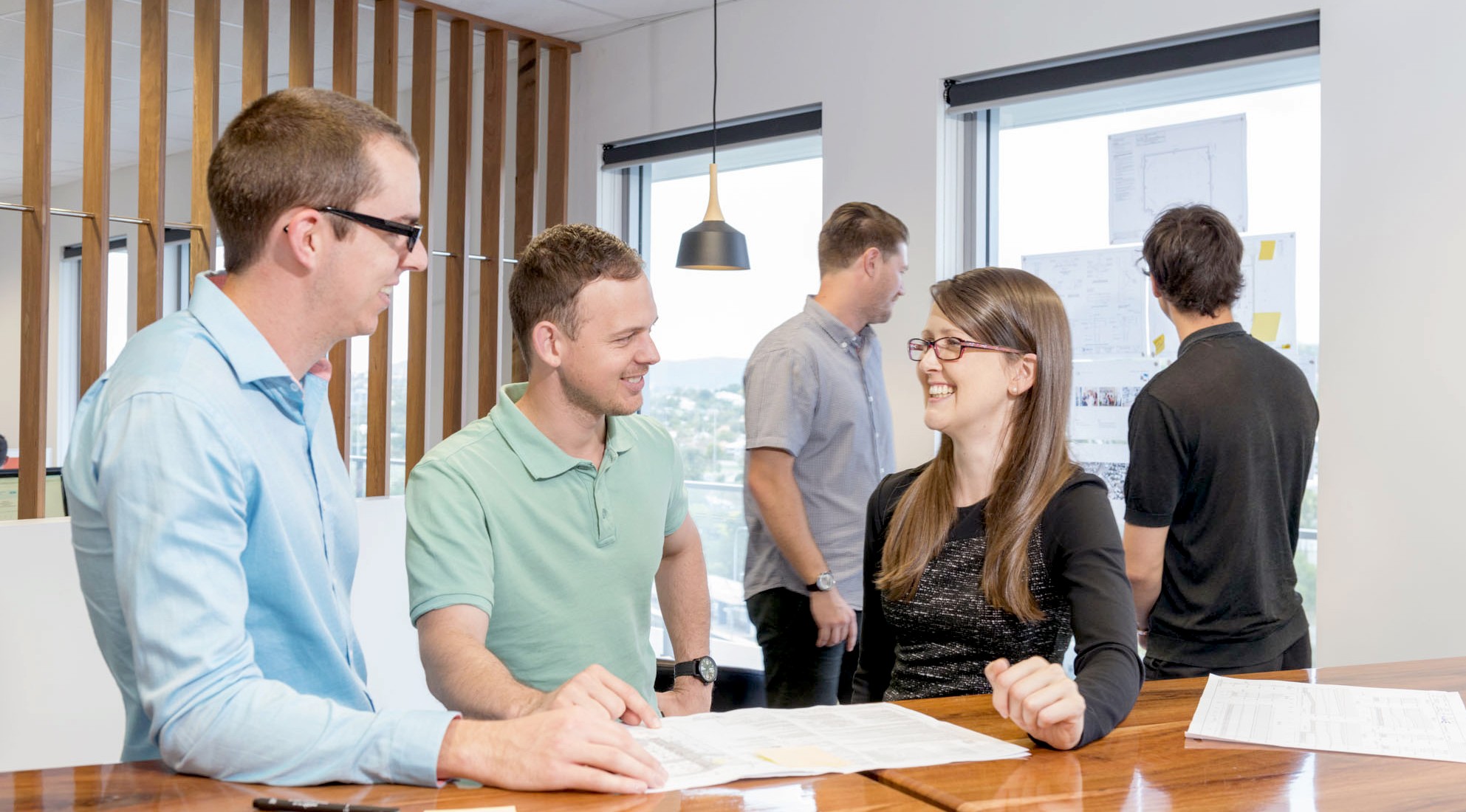Why Engineers Should Be Involved Early in Projects

In any form of endeavour, it is crucial to have different team members work together in a harmonious fashion.
This is no different in building projects, where effective working relationships between various members of the project team including architects and engineers can seriously impact how successfully a project is delivered.
Toward this end, the value of involving engineers at an early stage within the design process is increasingly being recognised as critical. Doing so helps in ensuring that considerations relating to function, efficiency and structure as well as technical limitations are accounted for early on in the design and that potential ‘clashes’ between architectural vision and engineering function can be dealt with early on.
Ceilidh Higgins, a senior interior architect based in Sydney, says engineers should ideally be engaged at the beginning of projects – especially with regard to complex jobs in which designers wish to push boundaries in terms of architectural or sustainability features.
In the case of retrofits, Higgins says having engineers look at the existing structure, systems and service infrastructure helps designers gain an upfront understanding of any limitations within which they will need to work. On new builds, meanwhile, involving engineers early on enables concerns regarding important technical matters to be dealt with during early stages and avoids situations in which compromises between solutions which may be ideal from a design standpoint and those which may be ideal from an engineering standpoint may be necessary at later stages in the design process.
“I think early engagement with engineers allows you to explore a lot more possibilities and solutions and not be constrained so much,” Higgins said.
“If you don’t engage with the engineers until you have an architectural or interior design solution, then their solutions might not work with your solutions and it can be harder to come to an ideal outcome. Particularly if it’s later in the project and program timing starts to become an issue, there may not be as much opportunity to work together and explore alternatives, and you may end up having to compromise either the engineering solution or the design solution in order to meet the time frame and technical requirements of your project.
“On the other hand, where engineers have input earlier and there is more time to explore alternatives, you might be able to come to a better solution.”
Scott Clements, managing director of Brisbane-based civil, structural and environmental engineering outfit Inertia Engineering, agrees.
When engineers are engaged from the beginning, Clement says it allows them to work with architects and explore areas where the engineers can make the greatest impact. Typically, this can take the form of lowering costs or making the building more efficient through an understanding of matters such as structural, civil, geotechnical or flooding constraints of the site and getting an idea of how these could be worked around in the design. Even prior to the purchase of a site, Clements says engineers can assist from a due diligence perspective by helping clients to understand any important constraints which might apply to the site in question.
He stresses that engineers can only add value during these stages, however, where they avoid focusing excessively upon detail with regard to smaller albeit important matters and are able to focus from a holistic perspective upon the overall building system and what the client and architect are trying to achieve.
When working together, Clements says it is important to value the contribution of all project team members and to develop a mutual sense of trust and respect – a process he says occurs through face to face contact and is aided through mechanisms such as various forms of outside social engagement. Beyond that, he says all should understand the project vision and maintain focus upon the broader objective of delivering positive outcomes for clients, building occupants and society at large.
“I have a saying that you are either designing for yourself or you are designing for the project,” Clements said. ”We are not meant to design for ourselves, we are meant to design for the project.”
Higgins, meanwhile, says there can be a number of barriers with regard to early involvement of engineers in projects. Especially in the case of speculative developments, there can be a tendency on the part of clients to try to keep a lid on costs associated with engaging consultants prior to the development going ahead. Even where this is not the case, clients can be hesitant about the number of consultants they engage. Competitive pressures arising out of the bidding process, meanwhile, can result in engineers submitting bids at prices which may not allow for them to allocate as much of time to the early design stages of the project as they ideally would.
Meanwhile, some (though not all) engineers who adopt a relatively linear mindset may have less capacity to be able to work effectively while the core design concept is largely evolving. These individuals may be more comfortable waiting until the basic aspects of the concept are largely bedded down prior to becoming engaged in the project.
Higgins says communication and the sharing of drawings are paramount, with engineers needing to accept that architects and designers may question what they have done. Architects, meanwhile, must be open to suggestions from engineers regarding solutions which may differ from what they themselves had in mind.
Overall, she says the value of respect cannot be understated.
“I think the word ‘respect’ is really important,” Higgins said. “Too often in our industry, I think people might underestimate the impact of other disciplines and not value their specialisation.
“We are all very specialised these days. No one can do a project of any size on their own. We do need to work together as a team.”
This article originally appeared on Sourceable.net.
 Back to News
Back to News
